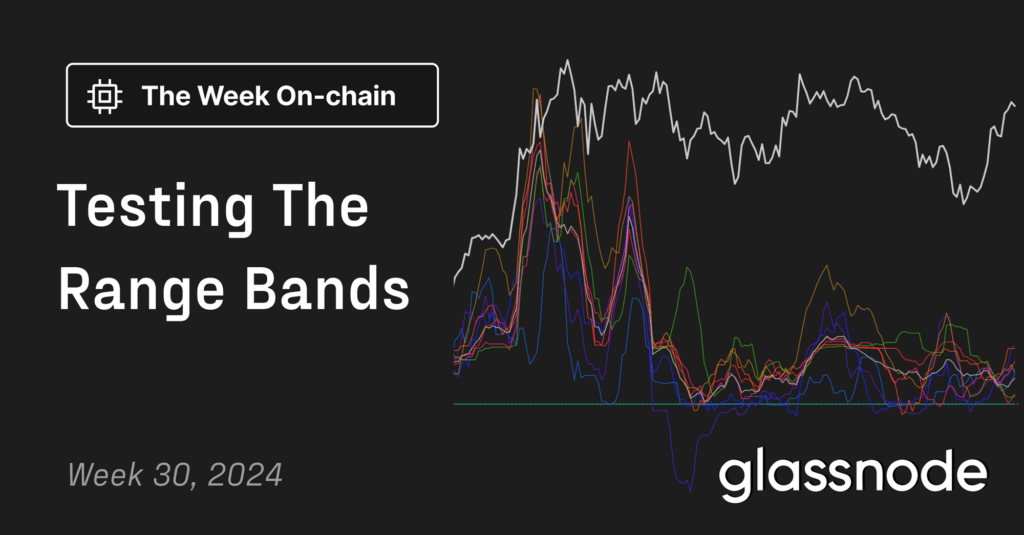Research Summary
The latest research report by Arthur Hayes discusses the current state of the US banking system, focusing on the divide between Too Big to Fail (TBTF) banks and non-TBTF banks. It highlights the Bank Term Funding Program (BTFP), a bailout scheme that allows banks holding US Treasury bonds or US Mortgage-Backed Securities to exchange them for their face value in newly printed USDs. However, this program primarily benefits TBTF banks, leaving non-TBTF banks vulnerable. The report also discusses the recent failure of First Republic, a non-TBTF bank, and the implications of its bailout. It concludes with a prediction of a potential 100% failure rate for non-TBTF banks if current inflation, interest rates, and banking regulations persist.
Actionable Insights
- Monitor the divide between TBTF and non-TBTF banks: The current banking system and bailout schemes favor TBTF banks, leaving non-TBTF banks vulnerable. This could lead to a potential banking crisis.
- Understand the implications of the BTFP: The BTFP allows banks to exchange certain assets for their face value in newly printed USDs. However, this primarily benefits TBTF banks and could lead to an expansion of the US money supply.
- Consider the potential for a 100% failure rate for non-TBTF banks: If current inflation, interest rates, and banking regulations persist, non-TBTF banks could face a high risk of failure. This could have significant implications for the banking sector and the broader economy.













